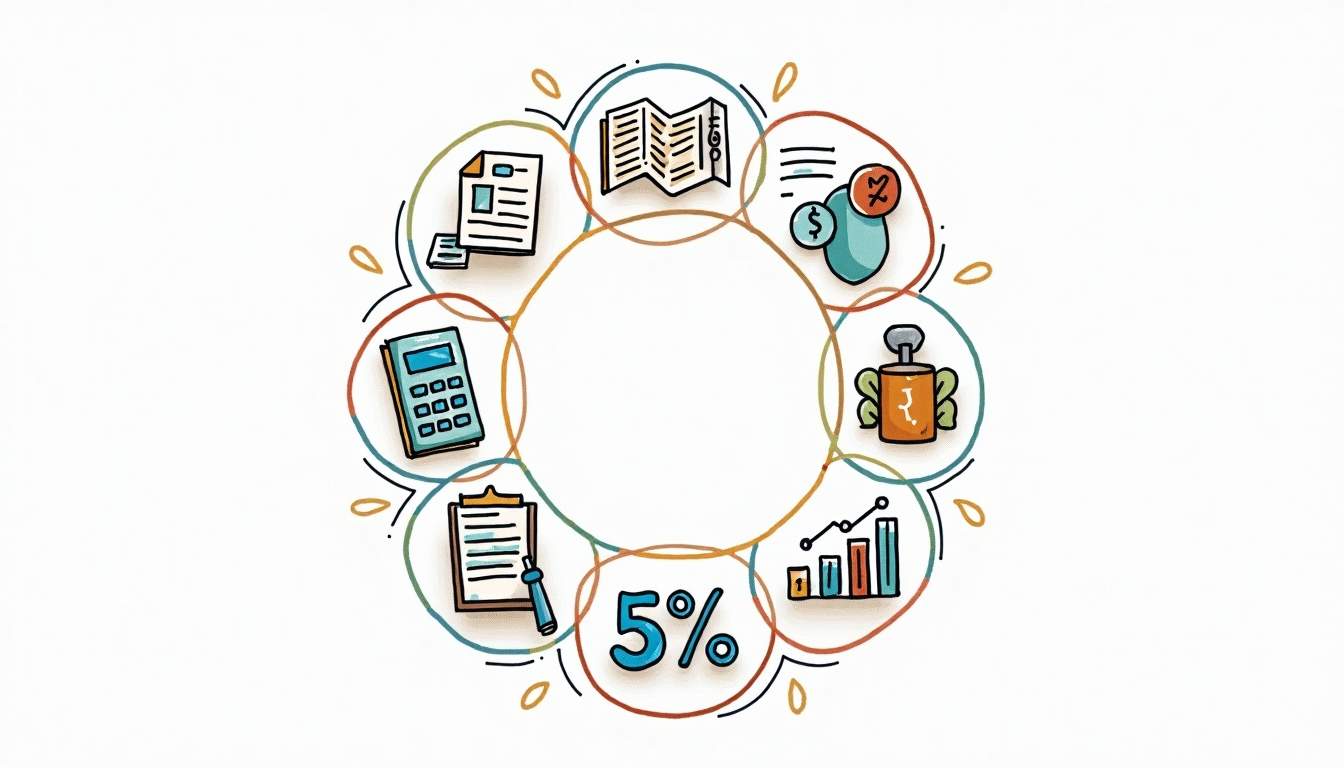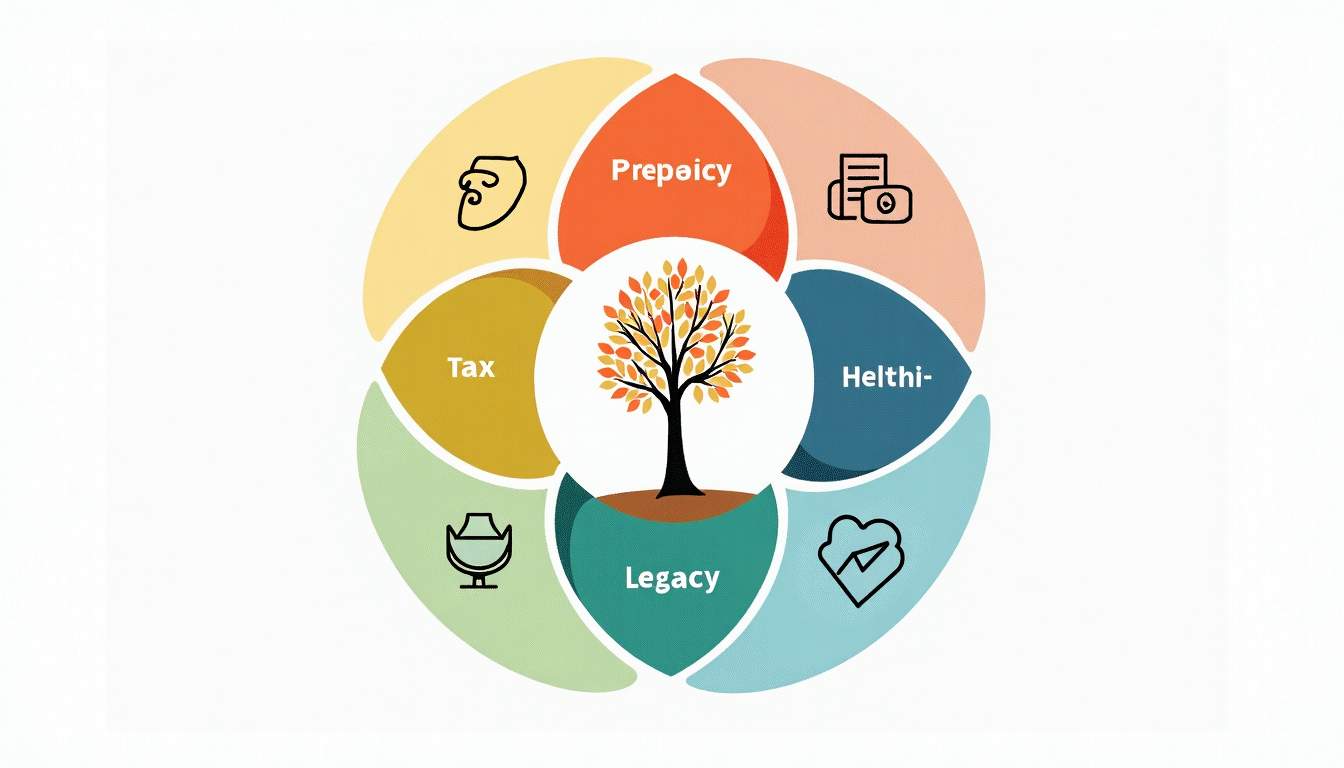You’ve spent decades working, saving, and planning for retirement. The day finally arrives, and suddenly, the questions flood in. How will you make your money last? What about taxes? Healthcare costs? And what will you leave behind? Retirement isn’t just about having enough money-it’s about weaving together income, taxes, healthcare, and legacy into a seamless plan that supports your lifestyle and peace of mind.
Building a Reliable Retirement Income
Understanding Your Income Sources
Retirement income often comes from multiple streams. Social Security is a cornerstone for many, but it rarely covers all expenses. Pensions, if you’re lucky enough to have one, add a steady flow. Then there are personal savings, investments, and perhaps rental income or part-time work. Each source behaves differently and comes with its own risks and benefits.
Knowing when to tap into each source is critical. For example, delaying Social Security benefits until age 70 can increase your monthly payout, but that depends on your health and financial needs. Similarly, drawing down taxable accounts before tax-advantaged ones might make sense in some cases, but not in others. The key is to create a withdrawal strategy that balances your cash flow needs with tax efficiency.
Additionally, it’s essential to consider the impact of inflation on your retirement income. Over time, the purchasing power of your money can diminish, making it crucial to have a plan that accounts for rising costs. Investments that traditionally outpace inflation, such as stocks or real estate, can be beneficial in maintaining your standard of living. Understanding the nuances of each income source and how they interact with inflation can help you make informed decisions that secure your financial future. To explore personalized strategies, visit RetireStrong Financial Advisor website for expert guidance.
Creating a Withdrawal Strategy
Retirement isn’t a sprint; it’s a marathon. You want your money to last 20, 30, even 40 years. That means planning withdrawals carefully. The 4% rule—a popular guideline suggesting you withdraw 4% of your portfolio in the first year and adjust for inflation thereafter—is a starting point, but it’s not a one-size-fits-all solution.
Market fluctuations, unexpected expenses, and changes in your lifestyle all affect how much you can safely withdraw. A dynamic strategy that adjusts based on market performance and your spending habits is more realistic. Working with a financial advisor can help tailor this approach to your specific situation. Moreover, it’s wise to revisit your withdrawal strategy regularly, especially in response to significant life events such as health changes, family needs, or shifts in your investment portfolio. This ongoing assessment can help ensure that your retirement income remains aligned with your evolving circumstances and goals.
Tax Planning: Keeping More of What You Earn
Understanding Tax Implications on Retirement Income
Taxes can quietly erode your retirement funds if you’re not careful. Different income sources are taxed differently. Social Security benefits may be partially taxable depending on your total income. Withdrawals from traditional IRAs and 401(k)s are taxed as ordinary income, while Roth accounts offer tax-free withdrawals under certain conditions. It’s important to note that the percentage of Social Security benefits that is taxable can vary significantly based on your combined income, which includes your adjusted gross income plus any nontaxable interest and half of your Social Security benefits. Understanding this calculation can help you plan more effectively for your retirement cash flow.

Capital gains from selling investments can also impact your tax bill. Managing when and how you realize gains can reduce taxes and extend your portfolio’s longevity. For example, if you hold onto investments for over a year, you may qualify for long-term capital gains rates, which are typically lower than short-term rates. Additionally, utilizing tax-loss harvesting strategies—where you sell underperforming assets to offset gains—can further mitigate your tax burden, allowing you to keep more of your hard-earned money working for you in retirement.
Strategies to Minimize Taxes
One effective approach is tax diversification—holding a mix of taxable, tax-deferred, and tax-free accounts. This flexibility allows you to withdraw from the most tax-efficient source each year. For instance, in a low-income year, you might tap into tax-deferred accounts, while in a year with higher income, you might prefer tax-free withdrawals from a Roth IRA. This strategy not only helps in managing your tax liability but also provides a buffer against fluctuations in income, ensuring you have access to funds without incurring excessive taxes.
Another tactic involves converting traditional retirement accounts to Roth accounts during years when your income is lower, locking in tax rates and enabling tax-free growth going forward. However, this requires careful timing and consideration of your overall tax situation. It’s essential to calculate the potential tax impact of such conversions, as the amount converted will be added to your taxable income for that year. Additionally, consider the potential for future tax rate increases; converting now may save you money in the long run if tax rates rise. Engaging with a tax professional can provide personalized insights, ensuring that your strategy aligns with your long-term financial goals and retirement plans.
Healthcare: Planning for the Unexpected
Anticipating Healthcare Costs
Healthcare expenses are often the wild card in retirement planning. Medicare covers a lot, but not everything. Out-of-pocket costs for premiums, deductibles, copayments, and services not covered by Medicare can add up quickly. It’s crucial to understand the limitations of Medicare, as many individuals are surprised to learn that certain essential services, such as dental care, vision care, and hearing aids, are not included. This lack of coverage can lead to unexpected financial burdens, making it essential to budget for these potential expenses.
Long-term care is another significant expense many overlook. Whether it’s in-home care, assisted living, or nursing facilities, these costs can deplete savings rapidly. Planning ahead can prevent financial strain and ensure you get the care you need. Additionally, the average cost of long-term care varies widely by region, and factors such as the level of care required and the duration of care can significantly influence overall expenses. Researching local options and understanding the potential need for care can help you create a more accurate financial plan.
Options for Managing Healthcare Expenses
Health Savings Accounts (HSAs) are a powerful tool if you qualify. Contributions are tax-deductible, grow tax-free, and withdrawals for qualified medical expenses are tax-free. Even after retirement, HSAs can help cover healthcare costs efficiently. Furthermore, HSAs offer the unique advantage of allowing you to invest your contributions, potentially increasing your savings over time. This can be particularly beneficial for those who start contributing to an HSA early in their careers, as the compounding growth can lead to significant funds available for healthcare in retirement.
Supplemental insurance plans, like Medigap or Medicare Advantage, can fill gaps in coverage. It’s important to review these options annually, as plans and costs change. Many people are unaware that they have a limited window to enroll in these plans without facing penalties, making it vital to stay informed about enrollment periods and plan benefits. Additionally, some plans may offer additional perks, such as wellness programs or discounts on health-related services, which can enhance your overall healthcare experience and help manage costs more effectively.
Lastly, consider long-term care insurance. While premiums can be high, this insurance can protect your retirement nest egg from catastrophic healthcare expenses. It’s important to shop around and compare policies, as coverage options can vary significantly. Some policies offer benefits that increase over time, which can help keep pace with inflation and rising healthcare costs. Moreover, many insurers now provide hybrid policies that combine life insurance with long-term care benefits, offering flexibility and peace of mind for those concerned about both potential healthcare needs and leaving a legacy for loved ones.
Legacy: More Than Just Money
Defining Your Legacy
Legacy isn’t just about passing down wealth. It’s about values, memories, and the impact you leave behind. Many retirees want to support their children, grandchildren, or favorite causes. Others hope to create a lasting family tradition or fund educational opportunities.

Clarifying what you want your legacy to be helps guide your financial and estate planning decisions. It ensures your resources align with your values and wishes.
Estate Planning Essentials
Having a will is fundamental, but it’s just the beginning. Trusts can provide control over how and when your assets are distributed, potentially reducing estate taxes and avoiding probate. Powers of attorney and healthcare directives ensure your wishes are respected if you become unable to make decisions.
Regularly updating these documents is crucial as your circumstances and laws change. Open communication with family members about your plans can prevent misunderstandings and conflicts later.
Philanthropy and Charitable Giving
Many retirees find joy in giving back. Charitable donations can also offer tax benefits. Strategies like donor-advised funds allow you to make a large charitable contribution in one year, receive an immediate tax deduction, and distribute funds to charities over time.
Planned giving, such as including charities in your will or establishing a charitable trust, can create a lasting impact aligned with your values.
Bringing It All Together
Retirement planning is complex, but approaching it holistically makes it manageable. Income, taxes, healthcare, and legacy are interconnected pieces of the puzzle. Overlooking one can jeopardize the others.

Start by assessing your income sources and creating a flexible withdrawal plan. Layer in tax strategies to preserve your wealth. Prepare for healthcare costs with savings and insurance. Finally, define and document your legacy to ensure your wishes endure.
Working with trusted professionals-financial advisors, tax experts, and estate attorneys-can provide clarity and confidence. Retirement is a new chapter. With thoughtful planning, it can be one of the most rewarding chapters yet.